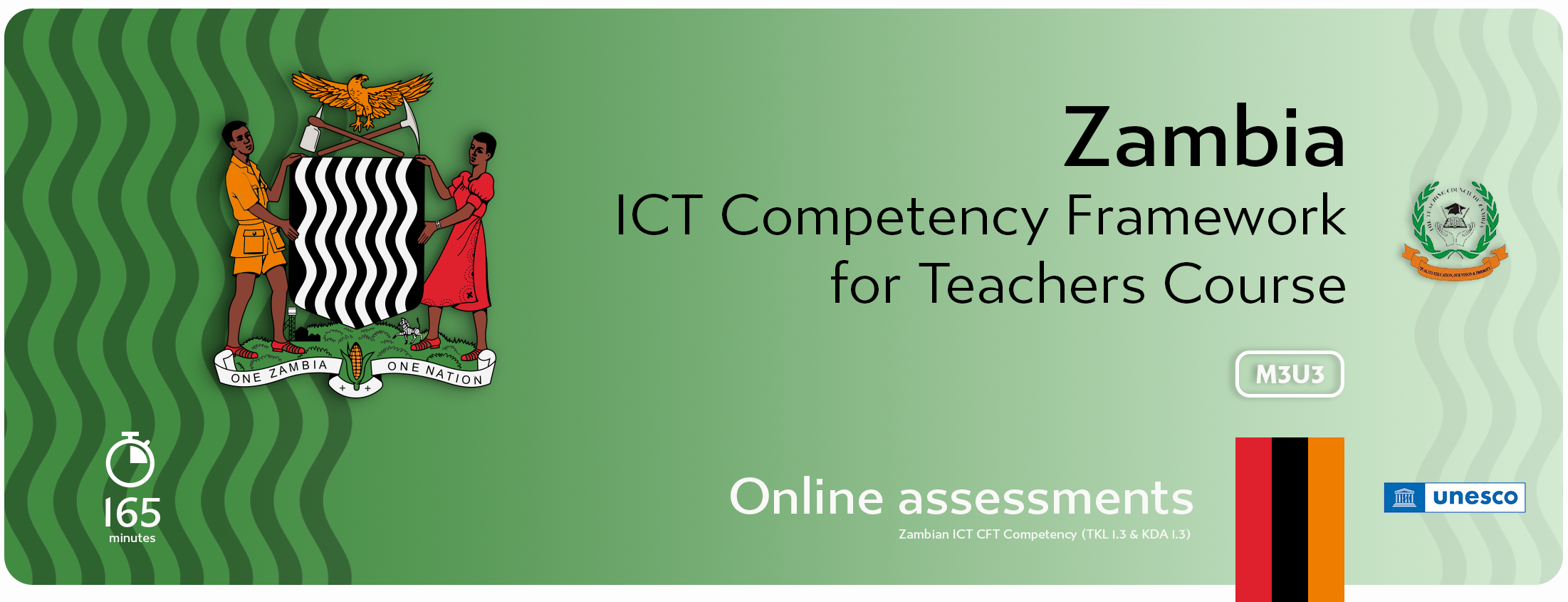Module 3 Unit 3


The diagnostic assessment, also known as a pre-test, provides the teacher with a tool which will determine the learner's individual strengths, weaknesses, knowledge and skills prior to the commencement of learning. Diagnostic assessments can also highlight the areas where difficulties are being experienced and therefore this will assist in determining the most effective lesson plan to ensure that these areas of difficulty are adequately addressed.
Effective diagnostic assessment tools should:
Some examples of ICB based diagnostic assessment tools include:
Below are just a few examples of various applications which offer the functionality of developing diagnostic tests such as surveys and questionnaires. Can you think of any others?
Watch the video below to get a clear understanding on what a formative assessment actually is.
A practical analogy of formative vs summative assessments is illustrated below.

Answer the two questions in the short quiz below.
Evaluate various software packages to select the tool/s which you are most comfortable with in creating formative assessments.
Watch the short video below which discussing the advantages of implementing continuous formative assessments.
Review the video below which elaborates on what a summative assessment is.
So to summarise:
Watch the video below which provides an overview on the differences between formative and summative assessments.
Discuss with your peers the following statements:
Do you agree that the above is the correct way of weighting the assessments? Is it fair that summative assessments carry such a high mark value? Do formative assessments not offer a better evaluation that learning has actually taken place?
Post at least one comment and one reply.